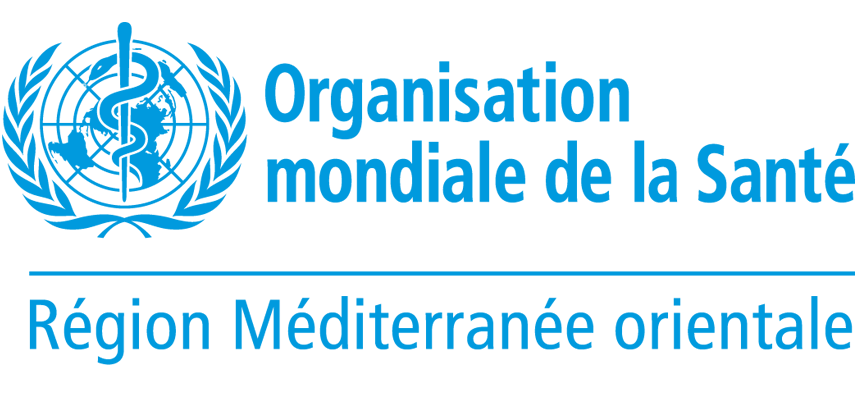![]() Many health facilities, health workers and patients are vulnerable during emergencies and in their aftermath. Many facilities also can't provide health care during crises.
Many health facilities, health workers and patients are vulnerable during emergencies and in their aftermath. Many facilities also can't provide health care during crises.
![]() The most expensive health facility is the one that fails and has to be repaired or rebuilt from scratch.
The most expensive health facility is the one that fails and has to be repaired or rebuilt from scratch.
![]() Including earthquake risk reduction measures in the design and construction of all new health facilities adds only 4% to the initial cost.
Including earthquake risk reduction measures in the design and construction of all new health facilities adds only 4% to the initial cost.
![]() Safe health facilities are central to community emergency response, preparedness and resilience.
Safe health facilities are central to community emergency response, preparedness and resilience.
![]() Crises threaten health facilities and interrupt public health services.
Crises threaten health facilities and interrupt public health services.
![]() When a hospital is out of service, thousands of people are left without health care. Do not let health facilities become a casualty of disasters.
When a hospital is out of service, thousands of people are left without health care. Do not let health facilities become a casualty of disasters.
![]() All types of emergencies threaten all health facilities.
All types of emergencies threaten all health facilities.
![]() Know your risk – act. Don’t wait to be a victim to learn lessons that are already known.
Know your risk – act. Don’t wait to be a victim to learn lessons that are already known.
![]() Health workers are the first line of defense during crises. Effective health care depends on health workers, so they must be prepared and ready to act.
Health workers are the first line of defense during crises. Effective health care depends on health workers, so they must be prepared and ready to act.
![]() There are many facets to keeping health facilities safe in emergencies
There are many facets to keeping health facilities safe in emergencies
![]() Partnerships are needed among all actors to ensure appropriate investment, sharing of information and best practice, and relevant support for making health facilities safe and able to function in emergency scenarios.
Partnerships are needed among all actors to ensure appropriate investment, sharing of information and best practice, and relevant support for making health facilities safe and able to function in emergency scenarios.
![]() Keeping health facilities safe from disasters is one sure way of reducing risks and saving lives.
Keeping health facilities safe from disasters is one sure way of reducing risks and saving lives.
![]() There are many facets to keeping health facilities safe in emergencies.
There are many facets to keeping health facilities safe in emergencies.


